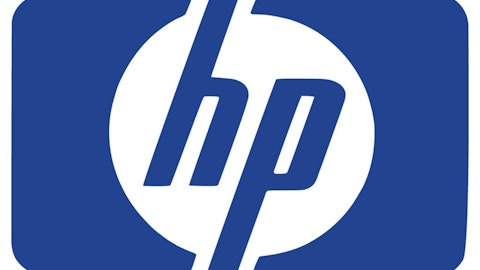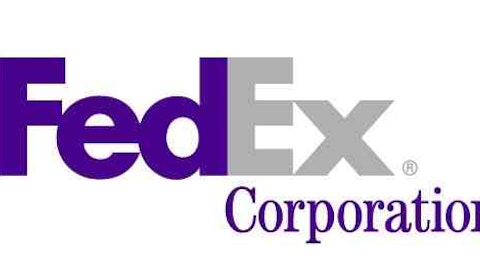However, the practice of looking only at ungraded values produces flawed arguments by excluding the values of the highest-quality, highest-value cards — the mint condition ones — by default.
Grading baseball cards
PSA, a division of Collectors Universe, Inc. (NASDAQ:CLCT), launched in 1991, applying its experience as an authentication/grading service in the coin market to establish the first relatively objective third-party authentication and grading service for trading cards.
Beckett, the established market leader with its monthly price guide magazines, would later follow with its own BGS. These two companies are the established leaders in this space, and while there are other competitors, PSA- and BGS-graded cards warrant by far the highest premiums because of these companies’ strong brands and tough grading standards.
PSA grades cards with a single grade on a 10-point scale in whole-number increments, with the highest grade being PSA10 Gem Mint — a basically perfect, well-centered card with sharp corners and edges and a clean surface. BGS similarly grades on a 10-point scale but in half-point increments, and with a final grade that is a composite of four separate subgrades for centering, corners, edges, and surface. A BGS 9.5 Gem Mint is essentially a perfect card and effectively equivalent to a PSA 10 Gem Mint, though BGS technically does have another level in the rare BGS 10 Pristine grade. In addition, for autographed cards, Beckett includes an additional, separate grade for the autograph, where PSA does not.
For the most part, a BGS 9.5 Gem Mint card and PSA 10 Gem Mint example of the same card will carry the same valuation.
Here’s a look at the current graded book values for each of the cards in the previous table, along with the adjusted multiple — the graded book value multiple to ungraded book value, adjusted for the cost of getting a card graded, which for our purposes is assumed to be $10 (the actual cost may vary by order size and desired turnaround time, but $10 is a good proxy). In other words:
Adjusted Multiple = Graded BV / (Ungraded BV + $10)
Notable RCs, 1982-1994: Current Graded Card Pricing and Adjusted Multiples
| Card | Card No. | Ungraded BV | BGS 9.5 | Adj. Multiple* | BGS 10 | Adj. Multiple* |
|---|---|---|---|---|---|---|
| 1982 Topps Traded Cal Ripken Jr. RC | 98T | $120 | $1,200 | 9.2 | ||
| 1983 Topps Tony Gwynn RC | 482 | $25 | $800 | 22.9 | ||
| 1983 Topps Wade Boggs RC | 498 | $15 | $400 | 16.0 | ||
| 1983 Topps Ryne Sandberg RC | 83 | $20 | $300 | 10.0 | ||
| 1984 Donruss Don Mattingly RC | 248 | $40 | $400 | 8.0 | ||
| 1984 Donruss Joe Carter RC | 41 | $8 | $250 | 13.9 | ||
| 1984 Donruss Darryl Strawberry RC | 68 | $8 | $80 | 4.4 | ||
| 1984 Fleer Update Roger Clemens XRC | 27 | $120 | $600 | 4.6 | ||
| 1984 Fleer Update Kirby Puckett XRC | 92 | $80 | $600 | 6.7 | ||
| 1985 Topps Mark McGwire RC | 401 | $15 | $550 | 22.0 | ||
| 1986 Donruss Jose Canseco RC | 38 | $10 | $100 | 5.0 | ||
| 1986 Donruss Fred McGriff RC | 28 | $8 | $60 | 3.3 | ||
| 1987 Fleer Barry Bonds RC | 604 | $12 | $80 | 3.6 | ||
| 1987 Fleer Barry Larkin RC | 204 | $8 | $120 | 6.7 | ||
| 1987 Donruss Greg Maddux RC | 36 | $10 | $100 | 5.0 | ||
| 1989 Upper Deck Ken Griffey Jr. RC | 1 | $40 | $300 | 6.0 | $1,400 | 28.0 |
| 1990 Leaf Frank Thomas RC | 300 | $20 | $100 | 3.3 | ||
| 1990 Leaf Sammy Sosa RC | 220 | $12 | $30 | 1.4 | ||
| 1992 Bowman Mariano Rivera RC | 302 | $60 | $200 | 2.9 | ||
| 1992 Bowman Mike Piazza RC | 461 | $20 | $80 | 2.7 | ||
| 1993 SP Derek Jeter RC | 279 | $150 | $2,000 | 12.5 | ||
| 1994 SP Alex Rodriguez RC | 15 | $50 | $2,500 | 41.7 |
Source: Beckett.com, with permission.
*Adjusted multiple represents the value of a graded card of a given grade divided by the ungraded book value, adjusted for the cost of having a card graded, assumed to be $10.





